Can't seem to swim faster with your backstroke kick? Turns out, it’s because you’re lacking overall forward momentum.
•4 min read
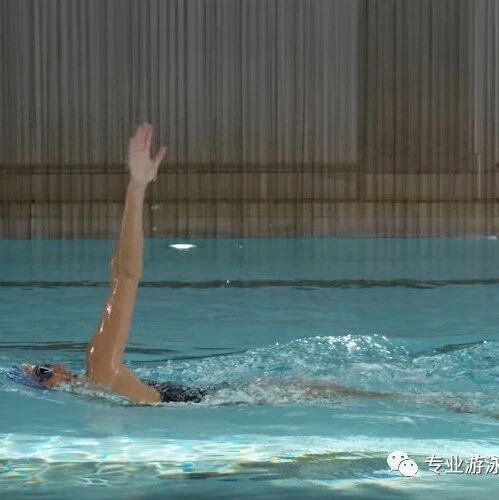
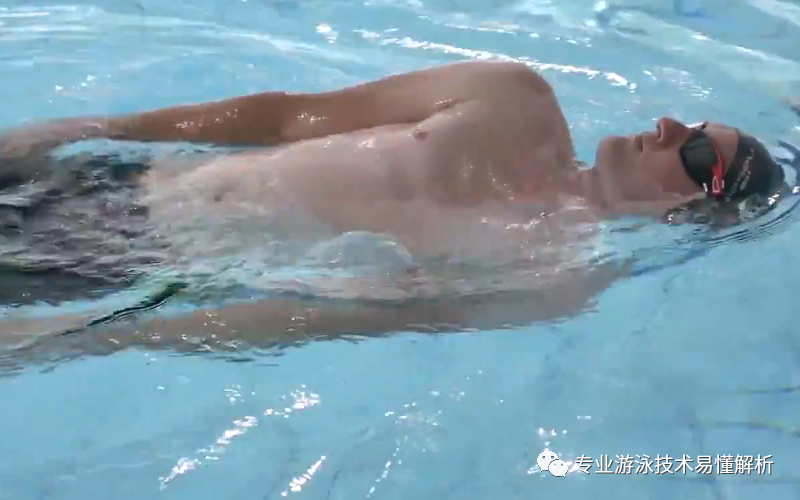
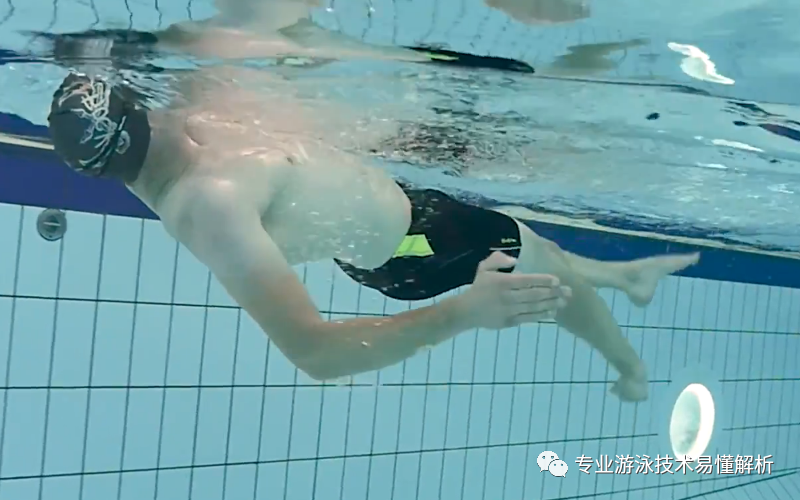
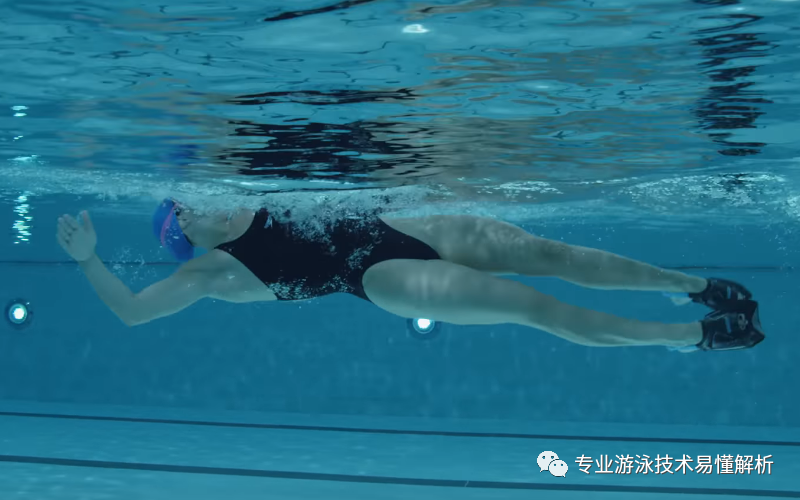
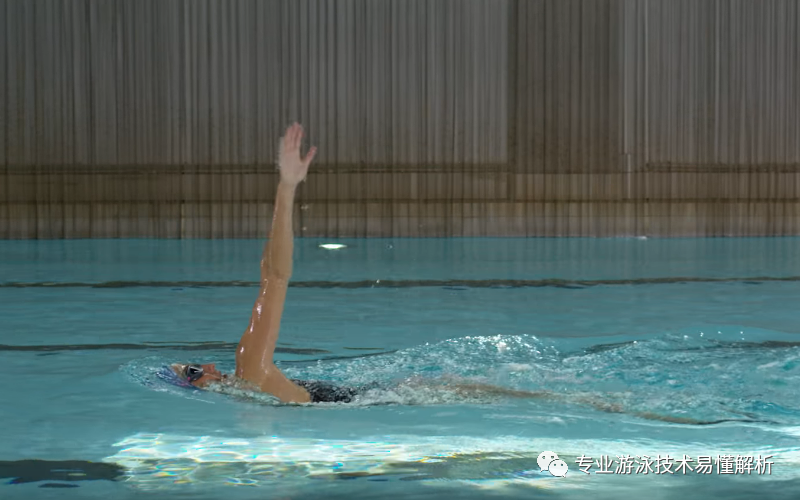
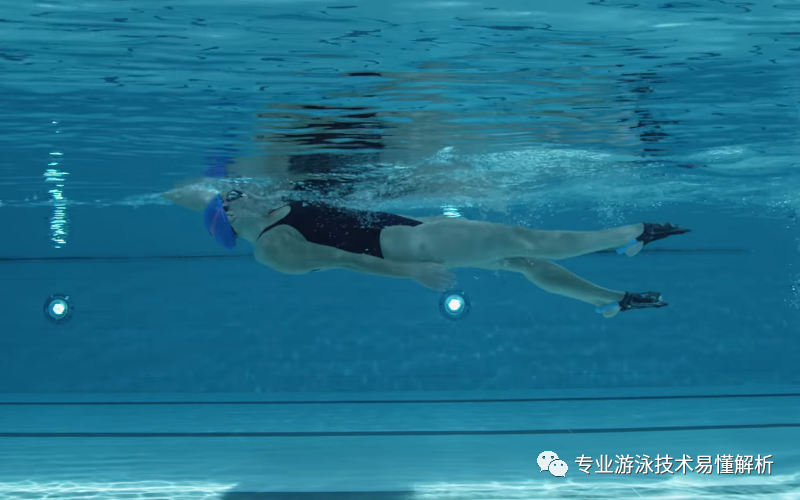
Related Articles
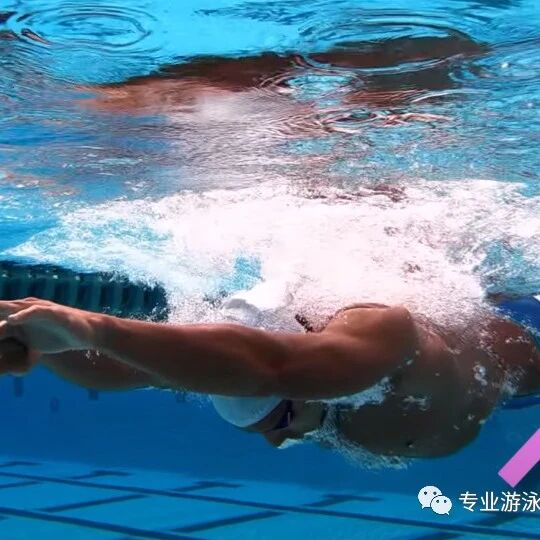
Swimming
Perform the frog kick—pulling, pushing, and squeezing the legs—with proper form and within your limits. Learn about the beginner's pathway for mastering breaststroke.
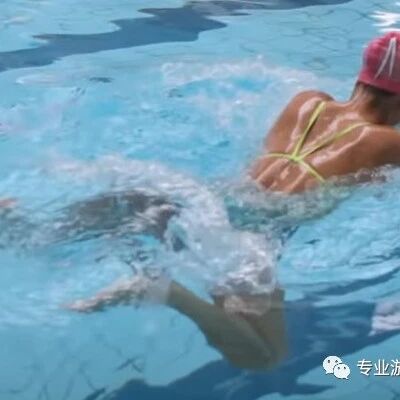
Swimming
Kicking and squeezing the legs backward is wrong! Women clearly define the path to improving their breaststroke technique.
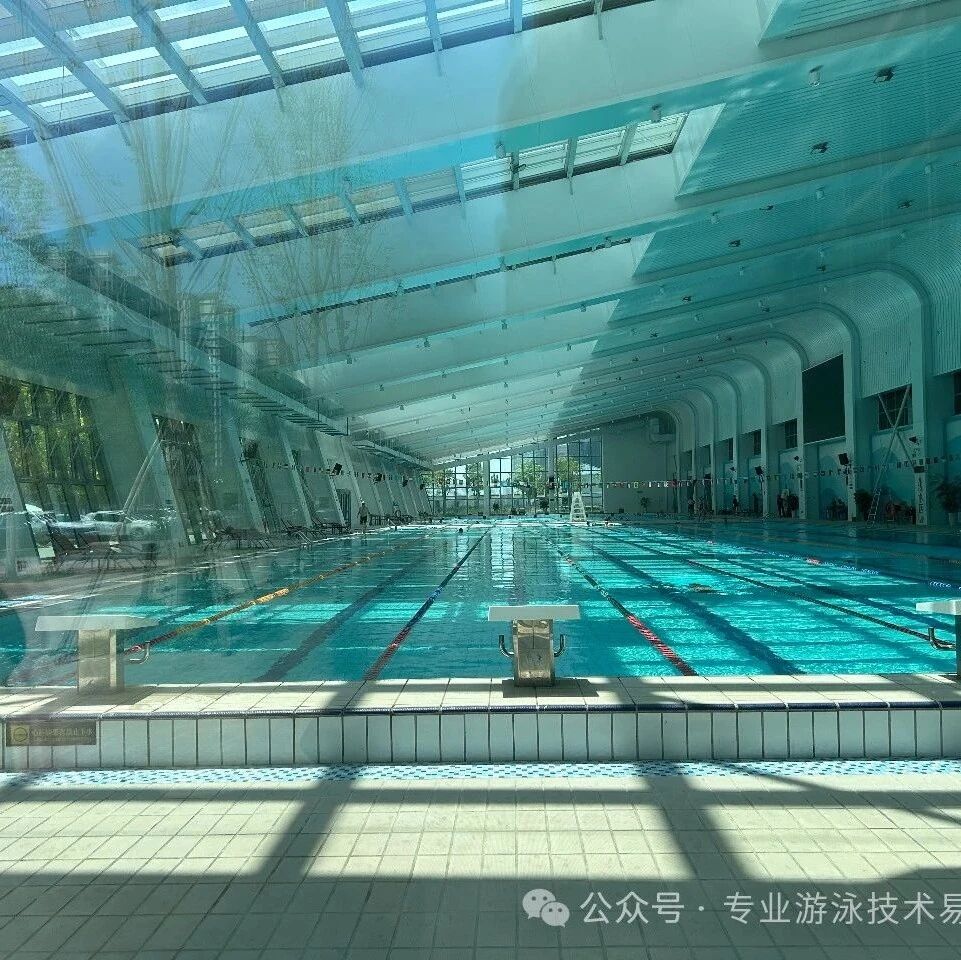
Swimming